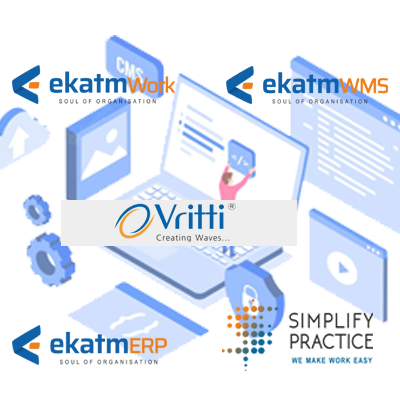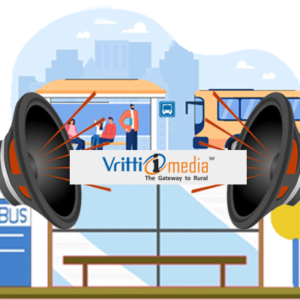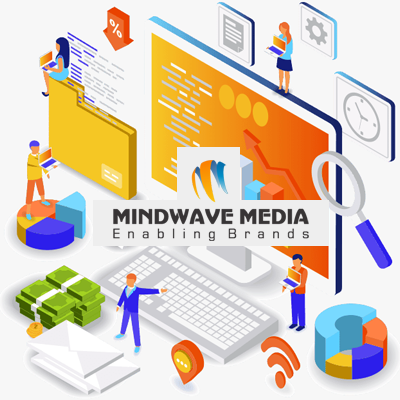[vc_row][vc_column][vc_column_text]
-
Upgrade vs. Replacement:
Evaluate first if you need to get a new ERP system or just an upgrade. Many ERP solutions today are modularized; you can simply integrate a module, for instance payroll, with your current applications. This way you minimize disruption and costs. But if your ERP system is ten years or older, it may be wise to replace it. You can leverage today’s ERP solutions for mobility, integration, scalability, and deployment options. Similarly, machine learning, predictive analysis, and advanced reporting are pushing ERP to the next level.
-
Training and Setup:
On-premise ERP solutions need to be installed by someone with technical knowhow. If you lack a tech team, make sure you understand your service level agreement or SLA. Installation is often charged separately from license, but some vendors offer all-in bundled plans. For SaaS ERP, setup is as easy as activating an account to access the vendor’s server. Likewise, ERP is more complex than most business solutions, so it requires user training. Does your vendor provide this service? Whether bundled in or exclusive to the plan, the kind of training you’ll receive should suffice for average users to adopt the system.
-
Reporting and Dashboards:
Go beyond spreadsheet and PDF exports. ERP solutions today feature advanced reporting that can generate compliant financial statements based on your region. The latest ERP reporting tools also allow in-system query and smart filters coupled with real-time data. Likewise, look for agile and ad hoc reporting to quickly adjust to evolving business needs and disruptions. Dashboards, on the other hand, should let you mash up quantitative vs. qualitative data at user, role, and department levels. Look for the standard dashboard function of displaying KPIs with drill-down links.
-
Integration:
ERP should work seamlessly with your existing business applications. There are a number of integration points you need to consider from top to bottom. These include system-to-system (example, ERP to your existing CRM or HRMS), module-to-system (example, ERP payroll to your existing HRMS) and file transfer capabilities (example, exporting/importing PDF, JPG, DOC, CSV files). An ERP with flexible integration can work with existing infrastructure, expand its functionalities or, in fact, replace it while ensuring smooth records and files migration.
-
Customization:
Aside from ensuring the ERP processes match your key business workflows, look closely at your departments. They may have different priorities and culture, which may even be contradictory. For example, marketing spends, while accounting saves, or production lives by daily output, while sales live by monthly quota. All these lead to myriad workflows that won’t fit into a one-size solution. Look for an ERP solution with customization tools, localized dashboards, and configurable workflows, among others, that allow departments to define their goals and set the ERP based on their parameters.
Conclusion:
An ERP Solution should be made to reduce the burden upon an organization so that there is a smooth flow of activities.
For a free consultation, please contact us. We as a Vritti Solutions Ltd has been providing top quality of ERP solutions Pune, Mumbai, Delhi, Bangalore etc.[/vc_column_text][/vc_column][/vc_row]








